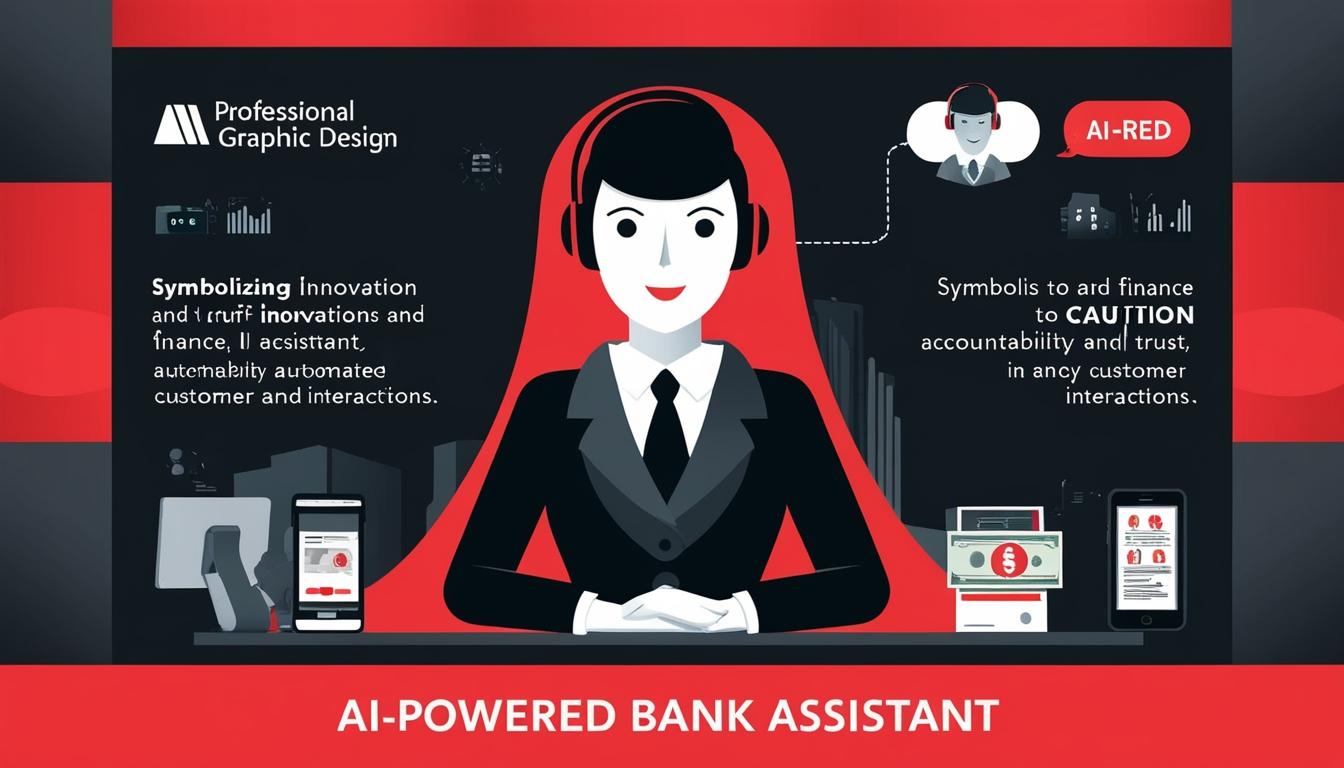Generative AI is revolutionising the financial services industry, offering innovative solutions that enhance efficiency and customer interaction. However, alongside its myriad advantages, the technology introduces significant risks, necessitating responsible use to ensure stability and maintain consumer trust.
The financial sector is no stranger to technological advancements, yet the rise of generative AI presents a complex and uncharted landscape. Insights about the technology often stem from speculative consulting reports or academic literature, which frequently lack real-world data. This gap has spurred research initiatives to better understand the challenges and opportunities of integrating generative AI into financial services.
Through interviews with bank managers and industry experts, recent research has explored how generative AI transforms the consumer experience in finance. Beyond its well-known applications, such as generating text with ChatGPT or creating images with DALL-E 3, generative AI can analyse consumers' financial behaviours and history. This capability enables the development of tailored banking products, including loans, investment plans, and insurance policies, while also streamlining the decision-making process for loan applications.
Notably, financial institutions like Bank of America have already implemented AI assistants, such as Erica, which have handled over two billion interactions with approximately 42 million clients. On average, Erica processes two million queries daily, demonstrating the scale at which AI is being integrated into customer service.
Yet, the use of generative AI raises critical questions regarding accountability. If, for instance, a consumer relies on AI for financial advice, the issue of whether the responsibility lies with bank managers, leadership teams, or the AI itself remains unresolved. Critics highlight concerns around potential biases and the AI's lack of nuanced understanding, which could undermine the credibility of the advice provided.
Despite these apprehensions, generative AI is hailed as a valuable asset for wealth managers, offering the capacity to become a reliable tool for individual investors. Robo-investment platforms powered by AI can formulate personalised investment strategies, significantly reducing costs and allowing for continuous monitoring of portfolios without human intervention.
As the financial services landscape shifts towards personalisation, AI is becoming a cornerstone for creating tailored marketing campaigns and financial products. Banks are increasingly leveraging diverse customer data to generate customised advertising and product offerings. However, this evolution necessitates a careful balance between personalisation and consumer privacy, as the advent of AI could lead to the production of misleading or even fictitious advertisements, raising concerns about consumer deception.
In this new era, consumers must remain vigilant and critically assess marketing messages that utilise AI technologies. While AI may enhance the sophistication of scams, traditional safety measures, such as verifying the source of messages or visiting official websites, continue to play an essential role in consumer protection. Caution is advised against urgency tactics and suspicious online content, which could be designed to mislead consumers into taking unwise actions.
Moreover, the regulatory environment surrounding financial services is designed to ensure that institutions using AI tools adhere to strict legal and compliance obligations. This framework intends to protect consumers and provide them with accurate information while aligning with established industry standards. However, it is imperative that regulators, such as the Financial Conduct Authority and the Advertising Standards Authority, remain proactive in developing flexible guidelines that can adapt to the rapidly evolving AI landscape.
As generative AI systems become increasingly embedded in everyday financial operations, it becomes essential for both consumers and institutions to navigate this trend thoughtfully. With the emergence of new technologies, the responsibility lies with consumers to engage cautiously with AI-driven tools and to remain aware of the potential ramifications of generative AI in their financial interactions. The landscape, while fraught with challenges, presents opportunities for innovation that may redefine how consumers engage with financial services in the future.
Source: Noah Wire Services
